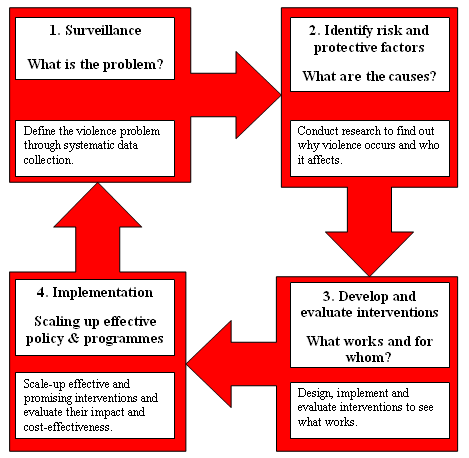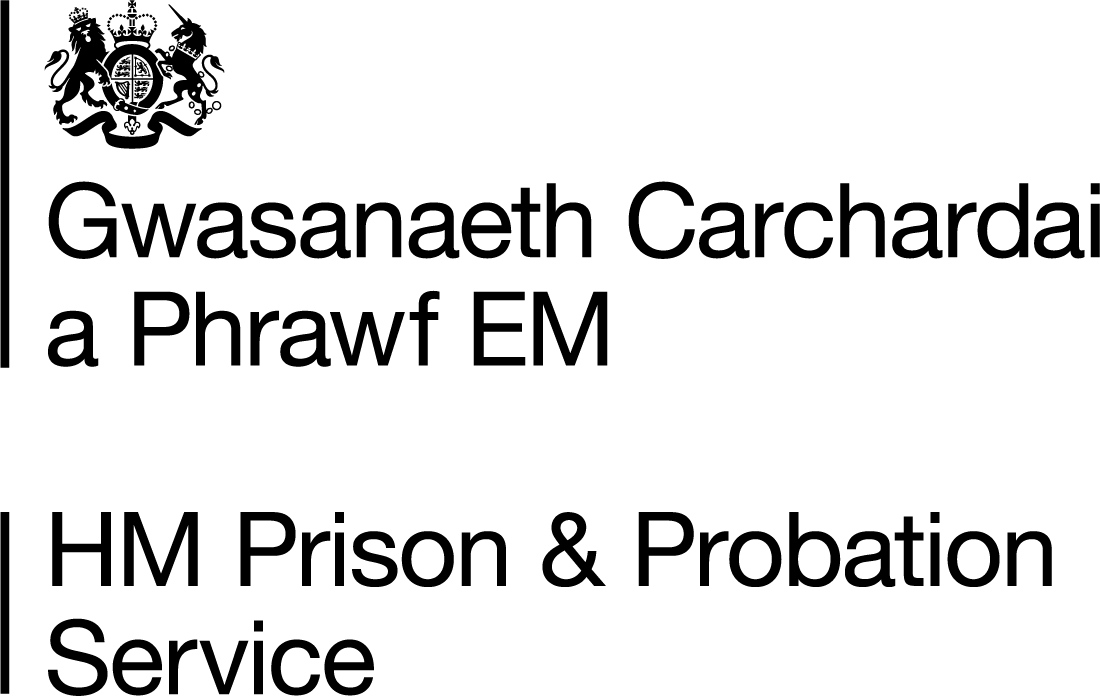- Social Services and Wellbeing (Wales) Act 2014 requires a focus on prevention.
- Wellbeing of Future Generations (Wales) Act 2015 includes the 7 wellbeing goals for a resilient Wales, a more equal Wales, a Healthier Wales and a Wales of Cohesive Communities. These are to be delivered through the 5 ways of working: collaboration, prevention, involvement, integration and long-term.
- Directory
- Topics
- All Topics
- Anti-Social Behaviour & Disorder
- Crime & Crime Prevention
- Equalities, Inclusion & Cohesion
- Modern Slavery & Exploitation
- Offending & Justice
- Public Safety
- Safeguarding & Early Intervention
- Serious Violence & Organised Crime
- Terrorism & Extremism
- Violence Against Women, Domestic Abuse & Sexual Violence
- Latest Updates
- Training
- Media Centre
- Research
- About














